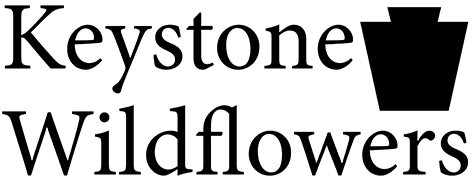What is natural landscaping?
Natural landscaping refers to landscaping with the goals of improving the local environment, reducing soil erosion, wetlands restoration, beautification and enhancement of landscapes, creating biodiversity and wildlife habitats, as well as restoring and/or correcting existing environmental problems on the site. Landowners benefit from natural landscaping, as there is often less maintenance required over the long term. There is less time spent mowing, watering, fertilizing and treating this type of landscape.
The most common goals for planting native species are:
- Erosion control
- Enhancement and beautification of the landscape
- Increasing biodiversity and wildlife habitat enhancement
- Correct environmental problem
- Ecological restoration
Naturalistic landscaping focuses on natural occurring landscape and not a formal alone. Naturalistic landscaping mirrors patterns found in nature, like meadows, woodlands, wetlands, etc. For example, a lawn can be converted to or planted as a meadow or grassland, using native flowers and grasses. A wet site can be converted to a wetland plant community by selecting specific plants to grow in the conditions existing on the site. Plants sharing similar requirements found on the specific site are called communities. They support different habitat types like wetlands, meadows and woodlands.
How to choose the best plants for your site
Check sun exposure, soil moisture and soil type where you intend to plant. To select plants that grow and thrive in those conditions, follow the cultural guide information for each species.
Look through our guide, mark plants appropriate to your site, the habitat, as well as wildlife species you wish to attract to your site. Choose a variety of plants for the site. This extends blooms from spring to fall and creates biodiversity. In addition, the variety of plants will create food, cover and shelter for a variety of insect-life, birds and other wildlife.
Eastern North America has a large variety of native plant species. These native forbes (flowers) and grasses each have adapted to specific habitat categories such as woodland, upland or wetland sites.
The dominating factors in selecting native plants are:
- Amount of sunlight
- Soil type and porosity
- Soil moisture level
- Height of plant
- Bloom color and time
- Plant spacing
Always select a combination of plant species that will create the desired landscape effect. The species you select should be compatible with the site conditions and should meet the goals of the owner. The owner should consider the mature height, bloom color, and bloom time of the selected plant species, as well as the site condition, such amount of sunlight the site receives, soil moisture content and soil types like sandy, loamy or clayey. All these factors need to be taken into consideration before selecting what natives to plant.

